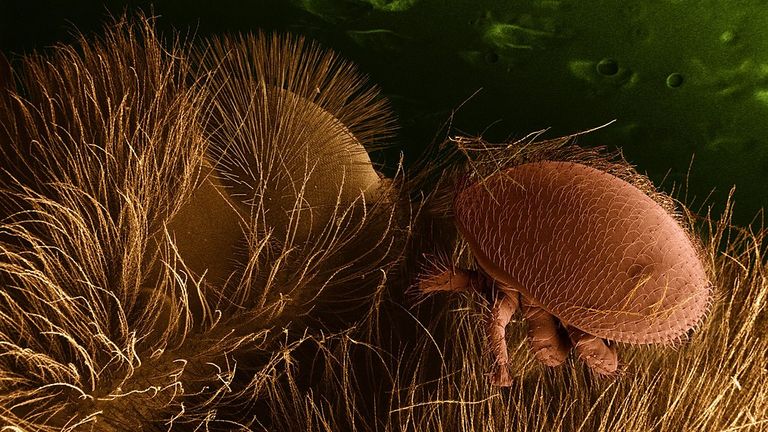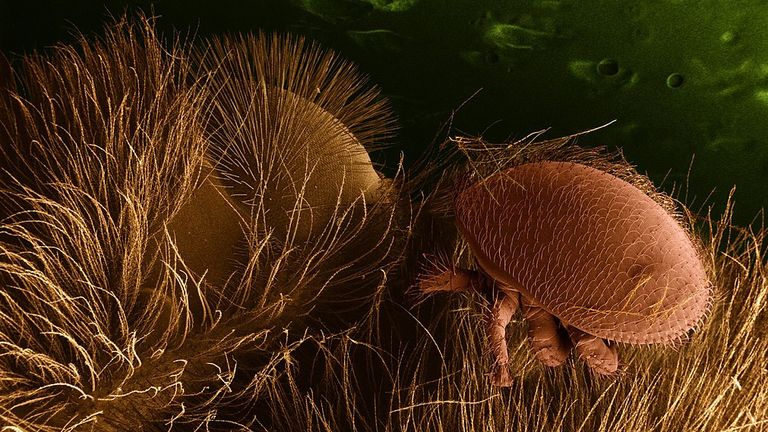
Scientists have discovered that honeybees use social distancing to protect their hive when the colony is under threat from parasites.
The study demonstrated how honeybees respond to an infestation from a harmful mite by modifying their interactions, much as humans were asked to do during the COVID-19 pandemic.
In particular the bees were found to increase the distance between young bees in the innermost part of the colony and older forager bees who occupy the outermost compartment.
“Honeybees are a social animal, as they benefit from dividing up responsibilities and interactions such as mutual grooming, but when those social activities can increase the risk of infection, the bees appear to have evolved to balance the risks and benefits by adopting social distancing,” said co-author Dr Alessandro Cini.
In response to the presence of the Varroa mite in a colony, the hive began to increase the segregation between the inner and outer compartments – a change that reduced the spread of the parasite.
The Varroa mite, also known as the Varroa destructor, is a vector for spreading at least five viruses which can destroy a honey bee colony and is considered to be one of the factors contributing to the loss of bee colonies globally.
An international team involving researchers at UCL and the University of Sassari in Italy compared colonies that were infested with those that were not and published their results in the journal Science Advances.
They found how one of the bees’ behaviours – foraging dances – that can increase mite transmission, occurred much less frequently in central parts of the hive if it was infested.
The team also found grooming behaviours became more concentrated in the central part of the hive, meaning that the young nurse and groomer bees were driven towards the centre in response to an infestation while the older foragers were pushed outwards, increasing the distance between the groups.
Lead author Dr Michelina Pusceddu of the University of Sassari said: “The observed increase in social distancing between the two groups of bees within the same parasite-infested colony represents a new and, in some ways, surprising aspect of how honeybees have evolved to combat pathogens and parasites.
“Their ability to adapt their social structure and reduce contact between individuals in response to a disease threat allows them to maximise the benefits of social interactions where possible, and to minimise the risk of infectious disease when needed.
“Honeybee colonies provide an ideal model for studying social distancing and for fully understanding the value and effectiveness of this behaviour,” Dr Pusceddu added.






More Stories
5 Reasons Why Everyone Should Look Forward to Save Earth Mission’s Takeoff Event
Save Earth Mission’s Takeoff Event Countdown Starts: Get Ready to Witness History
The Save Earth Mission: A Global Movement Towards a Sustainable Future